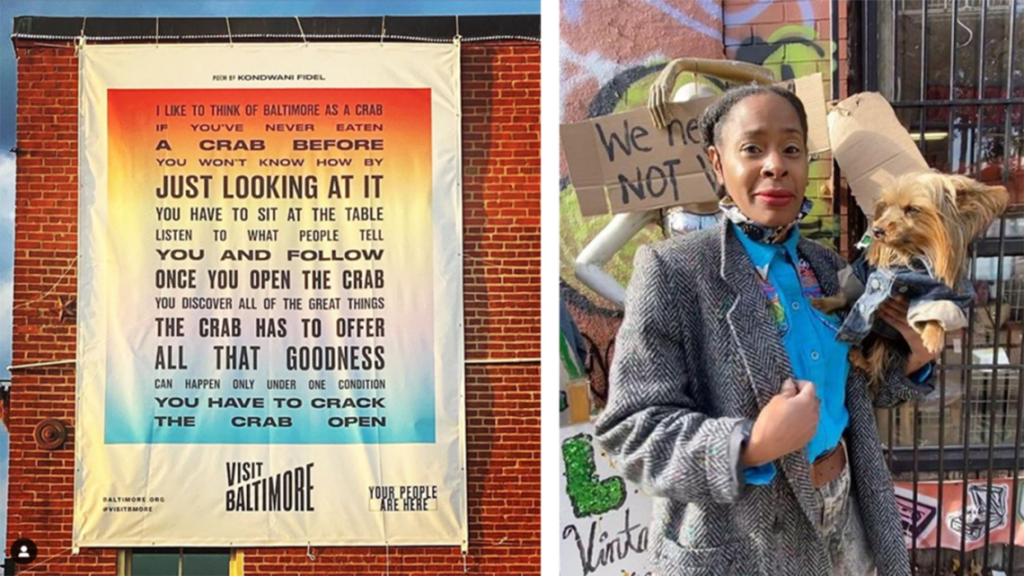Without International Tourism, Destination Marketers Look Local for Recovery
For New Yorkers who wouldn’t dream of going into a crowded Times Square a year ago, the city argues now is a great time for local exploration.
As of November, nearly 78% of global travelers still remain concerned about Covid-19 and 60% did not plan to travel domestically, according to travel research firm GlobalData. And the cities are feeling the pain. California could lose $54 billion in tourism alone due to Covid-19, and New York City isn’t expected to recoup its nearly $47 billion in traveler spend until 2025.
Without international tourists and business travelers, tourism marketers are speaking to residents about the wonders of their cities.
“Destination marketing organizations [DMOs] have had to be more reactive and creative in marketing strategies, and for many, this has urged them to invest more into promoting domestic tourism,” said Johanna Bonhill-Smith, a tourism analyst at GlobalData.
Many DMOs leaned on hometown heroes to speak directly to neighbors, serving as local influencers with direct relationships to the businesses and retailers in need of support.
Launched at the end of September, San Francisco Travel’s “Our Gate Is Open” campaign specifically targeted Californians. An interview series tapped recognizable residents, including Golden State Warriors head coach Steve Kerr and Godfather director Francis Ford Coppola, to detail their love of San Francisco.


Since launching, the videos have collectively reached 117,000 viewers with a 5% engagement rate. More importantly, a partnership with Expedia, where part of the campaign ran, resulted in more than 14,000 nights booked over the past two months.
Unfortunately, it isn’t close to what the city is accustomed to. International visitors represent 28% of overnight visitors and nearly 60% of all overnight spend. According to Howard Pickett, chief marketing officer at San Francisco Travel, “for us to fully recover … we got to get the international markets back.”
Instead of star-studded celebrities, Visit Baltimore took a bet on the city’s emerging artists and youth, spotlighting local artists, photographers and small-business owners. It even drafted a local poet to serve as the campaign’s main copywriter.
“The idea of hometown tourism is something we’re tapping into,” said Sarah Schaffer, Visit Baltimore’s chief marketing officer. “Real Baltimoreans are the heart of the campaign, so there’s a sense of pride.”
Visit Baltimore, meanwhile, was in the middle of a rebrand that had been in the works since 2018. The pandemic also forced it to scrap plans for a SXSW experiential marketing activation. The DMO instead invested heavily in OOH advertising (some that was purchased pre-pandemic) in neighboring cities in the Northeast.
Since the launch of the campaign, total website traffic is up 41% and page views for the city’s list of things to do are up 156%, according to the DMO. Web traffic from New Yorkers searching the site rose 56% while searches from Washington, D.C., and Philadelphia were up 95% and 78%, respectively.
Similarly, instead of running campaigns abroad and preparing to host its usual 13.5 million international tourists, DMO NYC & Company is advertising in its subways.
“Tourism marketing campaigns have had to shift from the typical tagline of ‘visit us now’ to ‘hope to see you soon’ for international tourists aspiring to generate wanderlust for future demand,” said Bonhill-Smith.
NYC & Company partnered with guerrilla documentarian Nicolas Heller (or New York Nico), to highlight local businesses to his nearly half a million Instagram followers as a part of its “All in NYC” campaign.
https://www.adweek.com/brand-marketing/without-international-tourism-destination-marketers-look-local-for-recovery/